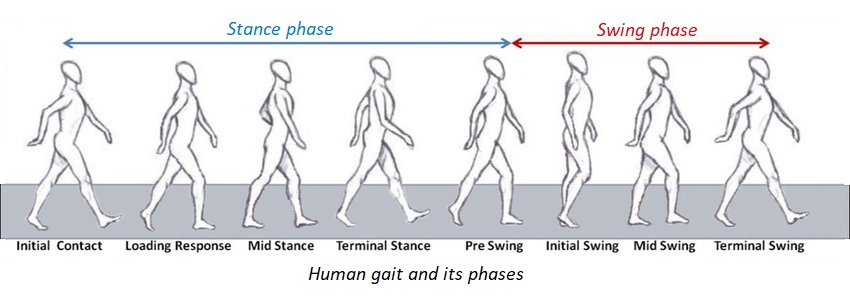Project intention
This project is focused on improving the lives of two types of people: people with neurological diseases, in the diagnosis and monitoring of their disease, avoiding, for example, possible falls that they could suffer, and recreational runners, optimizing their movements and preventing injuries. A multidisciplinary team composed by Robotics Engineers, Biomechanics Experts, Physical and Rehabilitation Medicine Specialist Doctor and Physical Therapists experts has been built to achieve the main goal: developing a non-invasive cost-effective mobile robotic system based on depth cameras (RGB-D) to perform biomechanical and efficiency analysis of human gait.

The analysis of human gait (biomechanics) returns important information about the state of the human body, useful in two different ways:
On the one hand, it can be used to monitor health problems that otherwise would be hidden to the human eye. Several studies have shown that neurological disorders such as stroke, Parkinson’s disease, cerebral palsy, meningitis or lupus alter gait patterns, which is why the use of a motion analysis system could help significantly to detect and keep track of these diseases.
On the other hand, it might reveal physiological problems in the way people walk and run. Increasingly, technological assistance can help to prevent injuries in sports, to correct defects and to optimize and improve the efficiency of the movements, both at amateur and professional level.
